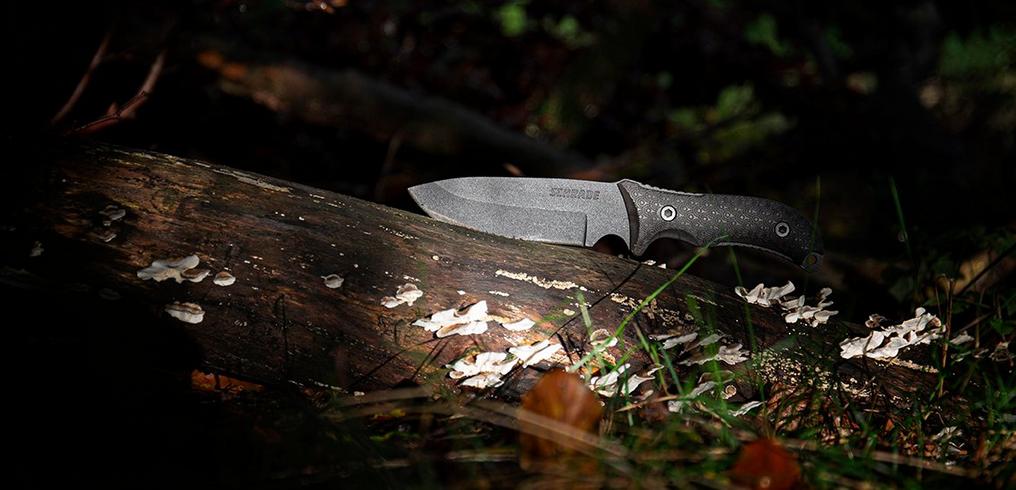Pocket knives: Locking mechanisms on pocket knives
A blocking system, or lock, ensures that a pocket knife does not close when you use it. As such it you can safely use it without compromising your fingers. However, there are so many different locking systems that it might be useful to see which you can choose from and how they work. In this article we will discuss the most conventional locks.
Liner lock
Let’s start with the frequently used liner lock. This system works with the help of a metal spring bar which can be found in the handle of the knife. This spring bar is located in the elongated part of the knife. Because the spring bar falls behind the hinged part of the knife, the knife cannot return to a closed position. This can only occur when you push the spring bar away from the hinged part of the knife. An advantage of this locking mechanism is that it is safe to use and relatively easy to produce. In addition, you can operate it with one hand. However, be careful because your finger could come into contact with the blade when you close the knife.
Frame lock
The frame lock is also frequently used. For instance in our popular Eden 106 pocket knives. In terms of function it is pretty similar to the liner lock. However, a milled-out part of the handle takes care of the lock. As such you are able to benefit more from the strength of the handle, instead of the (often thinner) spring pal in a liner lock. The material used to produce the frame lock is very important. For instance, an aluminium frame lock should be enhanced with a steel tip to prevent wear and tear. The material used and how precise the lock closes onto the blade determines the strength of the lock. It is a one-handed mechanism. However, this doesn’t mean that you shouldn’t be careful when closing your knife, because even with this lock your fingers can get caught in between the blade and the handle.
Back lock
The back lock is a well-known version of a pocket knife lock. A spring which runs over the spine of the knife and falls behind the hinged part of the blade. A small cut-out on the back of the handle has made room for the spring making it possible for the blade to be unlocked. When the cut-out is placed in the middle of the handle it is sometimes also called a mid-lock, but the mechanism works the same. An advantage of the back lock is that your hands stay clear of the blade’s path when closing, which makes it safer. A back lock gets its strength mostly from the contact between the spring and the cut-out in the blade. The better the two come together the sturdier the lock will be. However, it is important to keep the blade lock clean. After all, when the blade lock is filled with dirt, the spring and the blade cannot properly come together. Worst case scenario this leads to the knife closing while you use it. It might not occur frequently, but it could when you don’t take care of your knife.
Tri-Ad-lock
This locking system was developed by Cold Steel and resembles the back lock. However, the main difference is that a solid support is located above the blade that removes a bit of the load during use. In addition, the spring that falls in between the cut-out of the blade is a lot bigger and sturdier. Furthermore, it falls deeper into the cut-out which is beneficial for the reliability. However, it could sometimes be a little tricky to completely press down the Tri-Ad-lock when you want to close the blade.
Virobloc/Ringlock
The Virobloc, also called the ringlock is a lock we often come across with brands such as Opinel. With this lock the manchet (ring) is turned around the pivot when the knife is opened. As such the movement of the blade is firmly secured by the ring. This is a two-handed system which means your hands won’t come into contact with the blade. Another advantage is that the ring can also be used to block the knife when closed. However, a virobloc could sometimes be a little inflexible, especially when it is dirty or wet. For this reason proper maintenance is essential. Make sure, with a drop of oil, that the ring runs smoothly.
Axis-lock
The Axis-lock was developed by knife manufacturer Benchmade. For it they used a bar that was diametrically placed on the pivot side of the blade. On the back of this pivot part you can find a cut-out the spring bar perfectly falls into. Because towards the spine of the blade you find another fixed bar, the back of the blade falls in between two support points. As such a very firm and reliable lock becomes possible. By moving the spring bar with both your thumb and index finger on both sides of the handle, the lock is released making it possible for you to close the knife. Because this lock has been developed by Benchmade we often find this type of lock in Benchmade knives, even though other manufacturers have also developed similar locks. The lock is easy to use and very safe.
Ball Bearing Lock
This type of lock closely resembles the axis-lock in terms of function. The difference, however, is that the Axis lock uses a horizontal bar, while the ball bearing lock uses ball bearings. The ball bearing falls in between the cut-out of the pivot side of the blade keeping it firmly in place. In addition, the bearing ensures that the blade opens smoothly. However, it is important to keep this lock clean and greased, because the spring behind the ball bearing is exposed in the handle.
Slipjoint
Whether a slipjoint is a real lock or not, can be disputed. This because a slipjoint merely offers resistance when you close the knife, and doesn’t really ‘lock’ the knife. A slipjoint is similar to a backlock, however, the spring on the back of the knife doesn’t block. It merely functions as an additional obstacle you need to overcome when closing your knife. We often find this type of system in Swiss pocket knives. However, also in the United Kingdom and Denmark the popularity of the slipjoint increases. After all, you cannot carry around a pocket knife with a blocking mechanism wherever you go. As such a knife with a slipjoint is the perfect solution, such as the Spyderco UK pen knives. Even though a knife will, of course, not quickly close by itself, a slipjoint will offer you just that little bit of additional resistance to prevent your knife from closing while you use it.
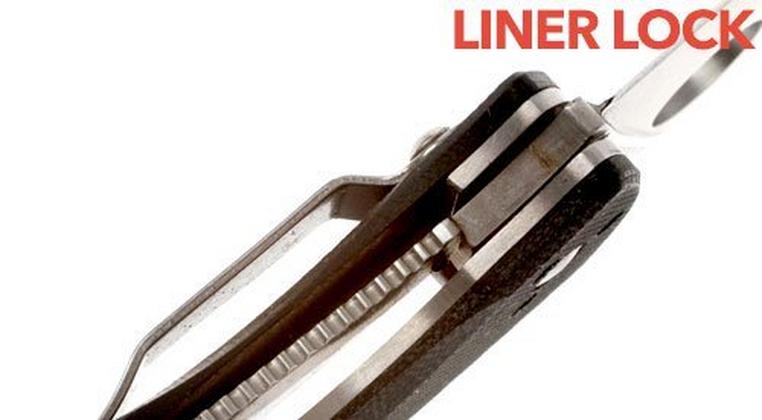
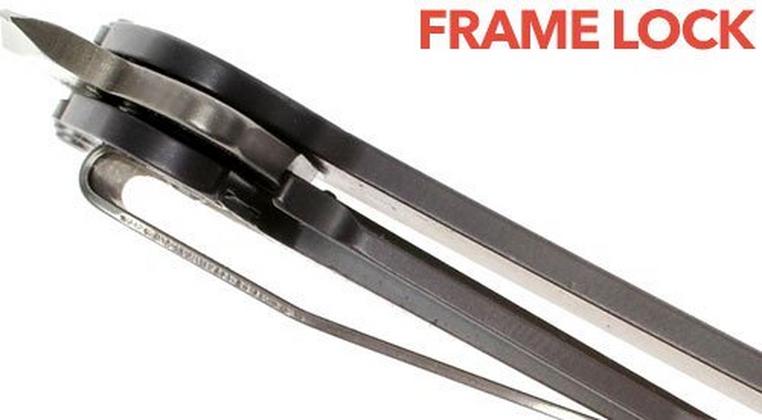

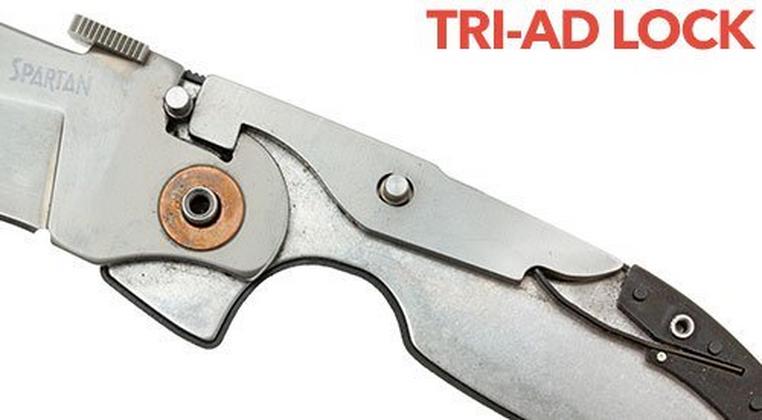
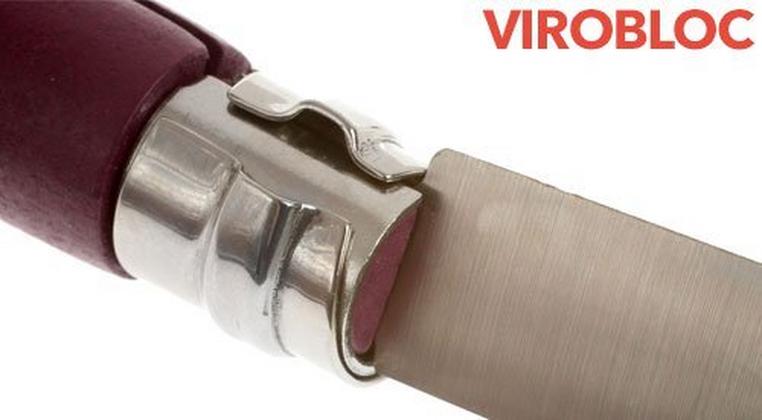


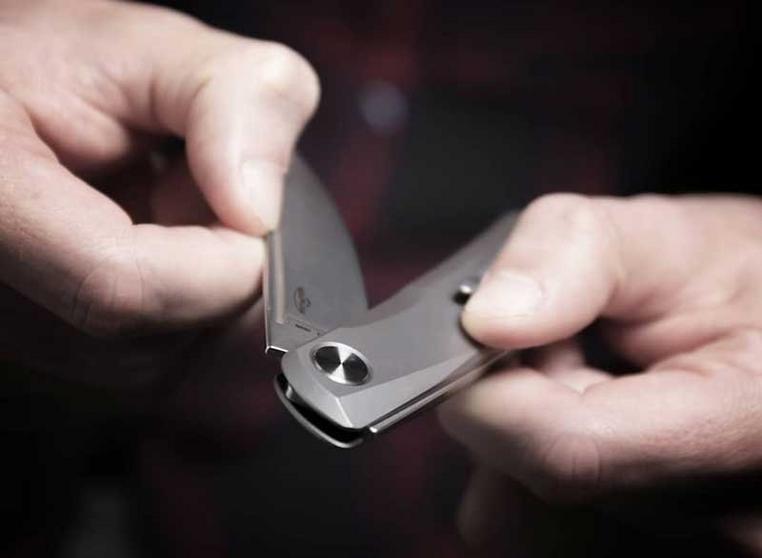



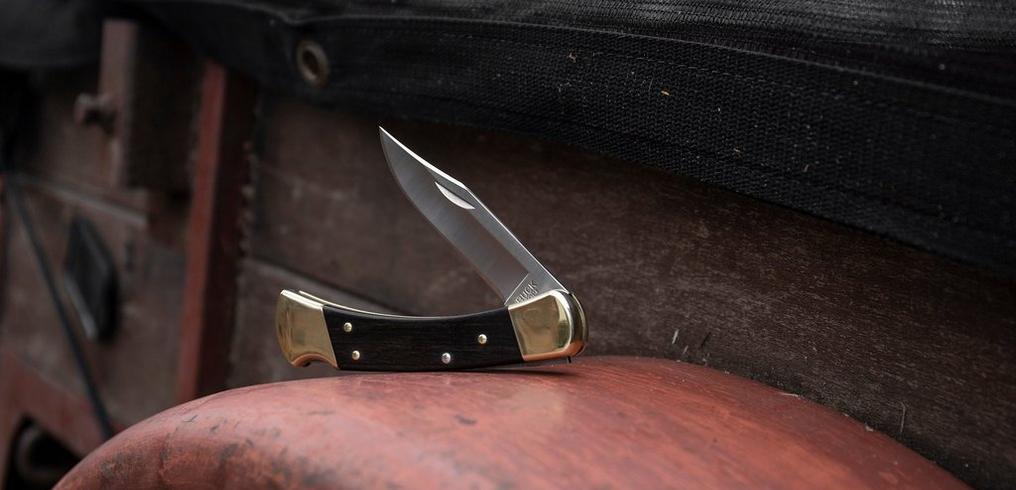
?%24center=center&%24poi=poi&%24product-image%24=&fmt=auto&h=490&poi=%7B%24this.metadata.pointOfInterest.x%7D%2C%7B%24this.metadata.pointOfInterest.y%7D%2C%7B%24this.metadata.pointOfInterest.w%7D%2C%7B%24this.metadata.pointOfInterest.h%7D&scaleFit=%7B%28%24this.metadata.pointOfInterest%29%3F%24poi%3A%24center%7D&sm=c&w=1016)


